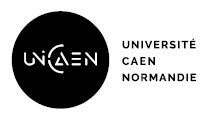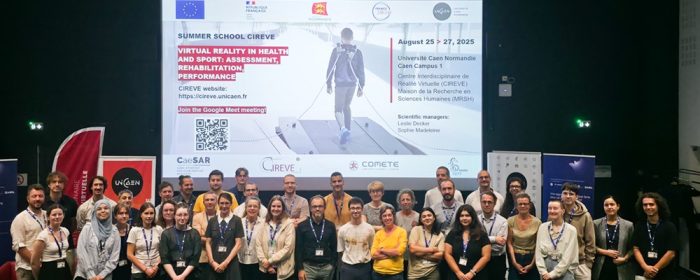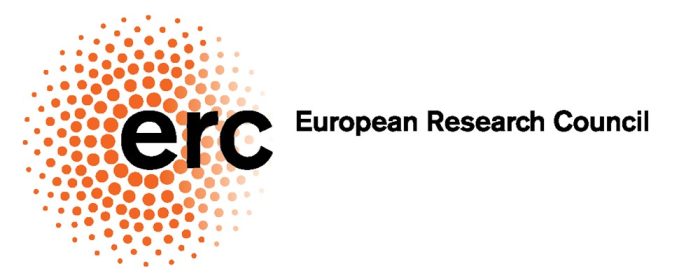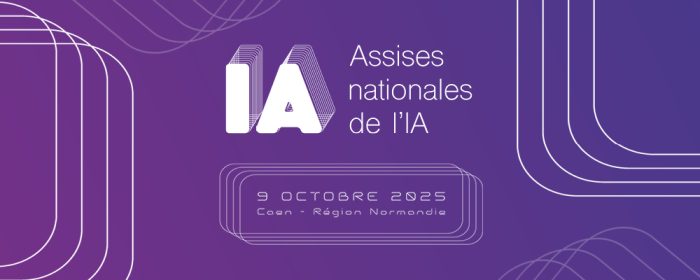Valentin Pestel and Valérian Girard-Alcindor are no strangers to Caen’s Laboratory of Corpuscular Physics, having spent their first years there as young researchers (and even a 3rd grade internship !). In 2023, as CNRS research fellows, they will be returning to Caen to work on atomic nuclei. Portrait.
You have recently been recruited as CNRS research fellows, respectively at LPC Caen and IJCLab in Orsay. What is your background ?
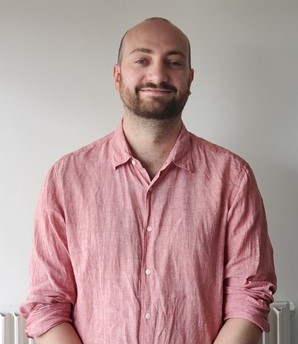
Valentin. I did all my studies at the University of Caen Normandie – a bachelor’s degree in physics and a master’s degree in physics with a specialization in “nuclei, atoms and collisions”. I then did a doctoral thesis at the Caen Corpuscular Physics Laboratory, on a research project in particle physics, and more specifically on the detection of the neutrino – the most abundant massive particle in the universe, but also the most enigmatic, because it’s so difficult to observe. After my thesis defense in 2019, I’ve moved to the Netherlands for a post-doc at the Institut national de physique subatomique.
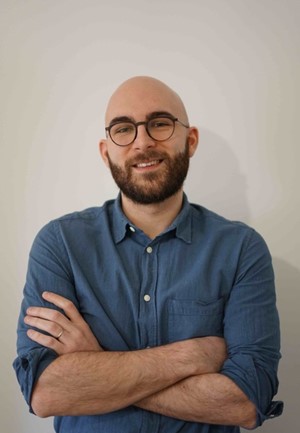
Valérian. I’ve been passionate about physics since secondary school and was lucky enough to do my 3rd year internship at LPC Caen! After high school, I went on to do a bachelor’s degree in physics and a master’s degree in physics in the “nuclei, atoms, collisions” field at the UFR des sciences. The strength of this course was its proximity to research facilities such as the LPC and the Grand accélérateur national d’ions lourds. I then went on to do a PhD, co-directed by GANIL and the Institut de Physique Nucléaire d’Orsay – now IJCLab. My thesis focused on the structure of proton-rich light nuclei with extremely short lifetimes (~10-21s), fluorine 15 in particular, with the aim of studying its unique structure and refining our understanding of certain astrophysical phenomena. I then did a post-doc at the University of Darmstadt, Germany, working on the development of a new silicon detector dedicated to proton trajectory reconstruction, called STRASSE and based in Japan.
Welcome back to Caen! What projects are you currently working on?
Valentin. I’m back in the “Astroparticles and Multimessengers” team where I did my thesis, but this time to work on a completely different project involving no less than 55 institutes from 16 countries, including LPC Caen. This project, which should be completed by 2026-2027, is KM3NeT – an international collaboration working on the construction of two neutrino telescopes located at the bottom of the Mediterranean Sea, off the coast of Toulon and Sicily. The neutrino interacts very little with matter, which enables it to pass through gigantic quantities of matter and thus travel immense intergalactic distances undisturbed… but this also makes it difficult to detect. These instruments, installed at depths of over 2,000 m in absolute darkness, will detect the faint light emitted by neutrinos as they pass through the Earth, sometimes interacting with seawater. The data collected will further our knowledge of the nature of neutrinos, by studying those produced in the Earth’s atmosphere. The two telescopes will also collect neutrinos from objects in our galaxy and beyond, enabling us to better understand the phenomena that govern the dynamics of the Universe.
Valérian. I obtained the position of CNRS research fellow at IJCLab last year and, even though I was hired for a position at Orsay, I’m regularly in Caen as I’m in charge of the experimental campaign, MUGAST@LISE at GANIL, which should last until 2025. During this campaign, we’ll be studying the structure of the atomic nucleus, as well as the reactions needed to understand certain astrophysical phenomena. I’m also working on the development of a new light charged particle detector called GRIT. My research in fundamental physics focuses on understanding so-called “exotic” nuclei, which do not occur naturally on Earth. I seek to understand how the structure of these nuclei evolves as a function of their number of protons and neutrons. For example, one of my main lines of research is the study of molecular nuclei (known as cluster nuclei), for which we observe that their structure is not a simple “spherical” structure, but a sub-unit structure similar to that of molecules. Understanding their structure and the reactions involved in their formation means refining our knowledge of the formation of elements in the Universe.
Throughout your careers, you’ve both been involved in sharing scientific culture. What have you gained from this?
Valentin. As part of my thesis, I was very involved in the Fête de la science, with activities organized by the LPC Caen. I also took part in (and won) the fourth Normandy edition of the MT180 competition, in 2017. Helping as many people as possible to discover the scientific method is one of the missions of the research profession. It’s stimulating to come face to face with the public and to take a step back from one’s own practices. I put these activities on hold when I was a post-doc in the Netherlands, as I didn’t speak Dutch… I particularly missed these meetings with the public !
Valérian. I too took part in several Fêtes de la science during my thesis, as well as the MT180 competition in 2019. I was also lucky enough to take part in the Réflexion.s program on Instagram offered by the CNRS, Normandie Université and Le Dôme. As a PhD student, there were plenty of opportunities to get involved in the field of scientific mediation. Theses can sometimes seem like a real marathon, and these opportunities with the general public were a breath of fresh air. It’s a real chance! I also missed scientific outreach during my post-doc in Germany, and I’m keen to get back involved in popularizing science within the CNRS.

